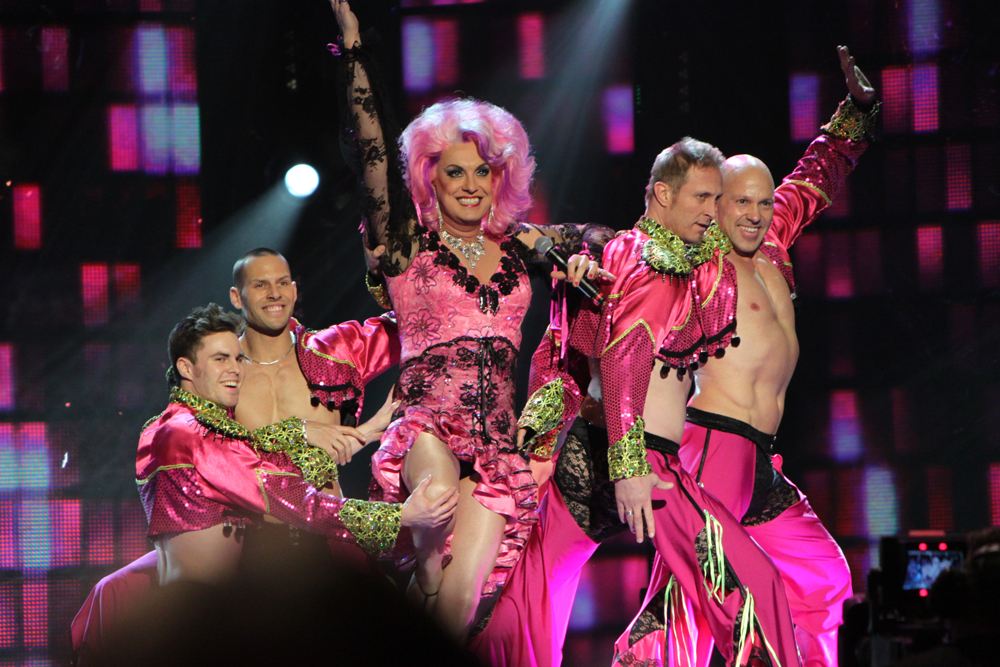| << Chapter < Page | Chapter >> Page > |

What, exactly, is deviance? And what is the relationship between deviance and crime? As Philip Hudson found out, some behaviors, such as wearing clothes of the opposite sex, can be deviant in certain places, criminal in some places, and perfectly acceptable elsewhere. According to sociologist William Graham Sumner, deviance is a violation of established contextual, cultural, or social norms, whether folkways, mores, or codified law (1906). It can be as minor as picking one’s nose in public or as major as committing murder. Although the word “deviance” has a negative connotation in everyday language, sociologists recognize that deviance is not necessarily bad (Schoepflin 2011). In fact, from a structural functionalist perspective, one of the positive contributions of deviance is that it fosters social change. For example, during the U.S. civil rights movement, Rosa Parks violated social norms when she refused to move to the “black section” of the bus, and the Little Rock Nine broke customs of segregation to attend an Arkansas public school.
“What is deviant behavior?” cannot be answered in a straightforward manner. Whether an act is labeled deviant or not depends on many factors, including location, audience, and the individual committing the act (Becker 1963). Listening to your iPod on the way to class is considered acceptable behavior. Listening to your iPod during your 2 o’clock sociology lecture is considered rude. Listening to your iPod when on the witness stand before a judge may cause you to be held in contempt of court, and consequently fined or jailed.
As norms vary across culture and time, it makes sense that notions of deviance change also. Fifty years ago, public schools in the United States had strict dress codes that, among other stipulations, often banned women from wearing pants to class. Today, it’s socially acceptable for women to wear pants, but less so for men to wear skirts. In a time of war, acts usually considered morally reprehensible, such as taking the life of another, may actually be rewarded. Whether an act is deviant or not depends on society’s response to that act.
When sociologist Todd Schoepflin ran into his childhood friend Bill, he was shocked to see him driving a hearse. A professionally trained researcher, Schoepflin wondered what effect driving a hearse had on his friend and what effect it might have on others on the road. Would using such a vehicle for everyday errands be considered deviant by most people?
Schoepflin interviewed Bill, curious first to know why he drove such an unconventional car. Bill had simply been on the lookout for a reliable winter car; on a tight budget, he searched used car ads and stumbled upon one for the hearse. The car ran well and the price was right, so he bought it.
Bill admitted that others’ reactions to the car had been mixed. His parents were appalled and he received odd stares from his coworkers. A mechanic once refused to work on it, stating that it was “a dead person machine.” On the whole, however, Bill received mostly positive reactions. Strangers gave him a thumbs-up on the highway and stopped him in parking lots to chat about his car. His girlfriend loved it, his friends wanted to take it tailgating, and people offered to buy it. Could it be that driving a hearse isn’t really so deviant after all?
Schoepflin theorized that, although viewed as outside conventional norms, driving a hearse is such a mild form of deviance that it actually becomes a mark of distinction. Conformists find the choice of vehicle intriguing or appealing, while nonconformists see a fellow oddball to whom they can relate. As one of Bill’s friends remarked, “Every guy wants to own a unique car like this and you can certainly pull it off.” Such anecdotes remind us that although deviance is often viewed as a violation of norms, it’s not always viewed in a negative light (Schoepflin 2011).


Notification Switch
Would you like to follow the 'Introduction to sociology' conversation and receive update notifications?